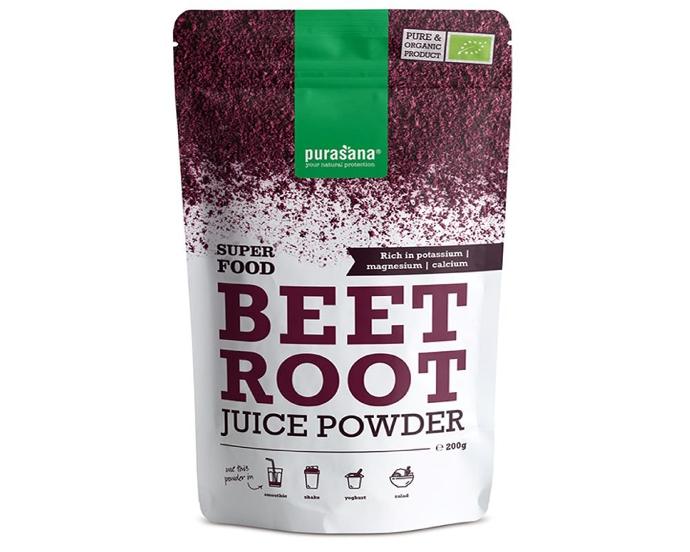Chers Santies,
What's your favorite dish? And your favorite dessert? Is it the same as your family's? Where did you get your taste for this dish or dessert?
There may be many reasons for this. Scientists take the origin of taste(1) very seriously. For them, taste has nothing to do with hedonism, or individual preferences. In human beings, taste was first and foremost a matter of survival. Thus, the attraction for sugar has made it possible to find plants rich in glucose. Glucose provides energy. The brain particularly needs it(2,3).
Conversely, if bitterness is disliked, it's because, in nature, bitter plants can contain dangerous toxins(2,3). Similarly, some food cravings may be the result of a lack of something. For example, you may be "hungry for calcium". Your body wants more of this mineral for your bones(1). However, the hunter-gatherer in you doesn't decide everything - far from it!
What are great human tastes?
You've probably heard of them. Four are well known, and the fifth is less familiar(4).
- Sweetness comes from glucose and other sugars such as fructose and lactose. It can also come from alcohol or certain flavors. plant protein.
- The acidic taste found in citrus fruits such as lemons and oranges is due to the presence of substances such as vitamin Calso known as ascorbic acid.
- The salty taste is linked to the presence of mineral salts, i.e. salt crystals.
- The bitter taste comes from 35 different proteins.
- Lastly, the "umami" taste is linked to glutamic and aspartic acids, which are found in many foods. proteins. This taste is, in fact, close to salty.
It can be found in meats, cheeses, ripe tomatoes or asparagus(4). It's a taste found in kitchens that use glutamate, which is a salt of glutamic acid(5). Natural glutamate, present in food, is beneficial to health(5). It acts as a neurotransmitter and is thought to be useful for the memory and learning. It also enhances the feeling of satiety(5).
The role of the taste buds
Your palate, however, is not content with these five tastes. Your brain also looks to see if food is fatty, which could be considered a sixth taste(4). Likewise, the tongue analyzes whether food tastes more or less alkaline or metallic, and whether it resembles water(4). The taste buds are located mainly on the front, edges and back of the tongue, which is less sensitive to the environment(4).
The tongue perceives all tastes in a similar way. No one taste has a particular advantage(4). There are slightly more sensors for the bitter taste at the back of the tongue, enabling you to spit out a food that seems toxic.
Tastes linked to mom and culture
Genetics may influence taste, but it's not the only one(3). What a mother eats during pregnancy also has an impact on her child(3).
The latter, for example, will be more inclined to like theail if its mother has eaten it(3).

Tastes are also cultural. That's why we love cheese, including strong-tasting cheeses such as Munster in Alsace or Maroilles in the North(1), but in Asia, these cheeses seem inedible. Similarly, in Thailand, Malaysia and Indonesia, durian, a locally grown fruit, is consumed daily(1,6).
For passing visitors, its very strong smell, reminiscent of excrement, is unbearable(1,6).
Traditionally, the French eat snails and frogs' legs, but for the English these dishes are simply disgusting(1). On the other hand, on the other side of the Channel, mint sauce is a natural accompaniment to good meat(1).
Experiences that leave their mark
Beyond family or cultural atavisms, what determines taste, especially in children, are the good or bad experiences of the individual(3). For example, a food that has caused intestinal problems or discomfort of any kind is likely to be banned forever by the child who suffered the inconvenience(3). Similarly, as Marcel Proust wrote in his novel Du côté de chez Swann, foods can be associated with happy or unhappy moments(7).
For him, madeleines soaked in herbal tea recalled happy moments in his childhood(7). The social dimension of food is also a determining factor. A food considered convivial or that brings you closer to others will remain on your menus for a long time(1,3). What counts is not so much its taste as its social role. It's a food that bonds you to your tribe.
The power of color
Manufacturers have long known that food color plays a role in consumer perception(8). In general, these colors are there to reinforce or recall a perception(8).
For example:
- Betanin, derived from beet, is the E162 colouring agent used in yoghurts with red berries to recall the color of strawberries, raspberries, cherries or redcurrants(9).
- Laboratory curcumin, or E100, is used to give peach, banana, apricot and pineapple yogurts their yellow color(9). POUDRE DE BETTERAVES ROUGES

These colors often recall a particular flavor or food rather than tastes(8). But they are effective. Because the brain is fooled by the color of food(8,9). So manufacturers put them everywhere.
- Quinoline, or E104, gives green yellow(9).
- Carotenoids such as annatto extract, classified as E160, are used for yellow(9).
- Nitrites, classified from E249 to E251, preserve ham and give it that pink appearance so reminiscent of pigs(9).
- Red can come from azorubin or E122. This colorant is used in smoked fish, certain flavored cheeses, soups, sauces, chewing gums, ice creams(10)...
It is thought to promote hyperactivity in children(10).
An alternative for red is cochineal extract, used in sausages, soft drinks and candies(9). This insect has a carmine pigment that is very practical for manufacturers. It's collected, dried and used(9). It's what makes tarama pink, for example. If you do it yourself, your tarama will be white or gray(9).
Let your tastes evolve!
Fortunately, if your brain notes colors and retains past experiences, it can also be a strength. And it can help your tastes evolve. Natural foods get their colors from natural pigments.
These colors often indicate the presence of nutrients useful to the human body. This is the case, for example, with red fruits, whose red, purple, blue or black color comes from anthocyanins, which are powerful antioxidants(11). If your brain associates a nice plate of sweet potatoes or organic vegetables with a tasty meal, it'll come back for more.
The same is true for children.
It's worth noting that their tastes are not yet fully formed(1,3). For the first two years of their lives, they are, in theory, open to everything(1,3). Only novelty scares them a little at first.
But it passes. And once the habit has taken hold, it can stay. Don't hesitate to give vegetables and fruit to your grandchildren! You'll be doing them a huge favour.
Their bodies will remember them for the rest of their lives!




